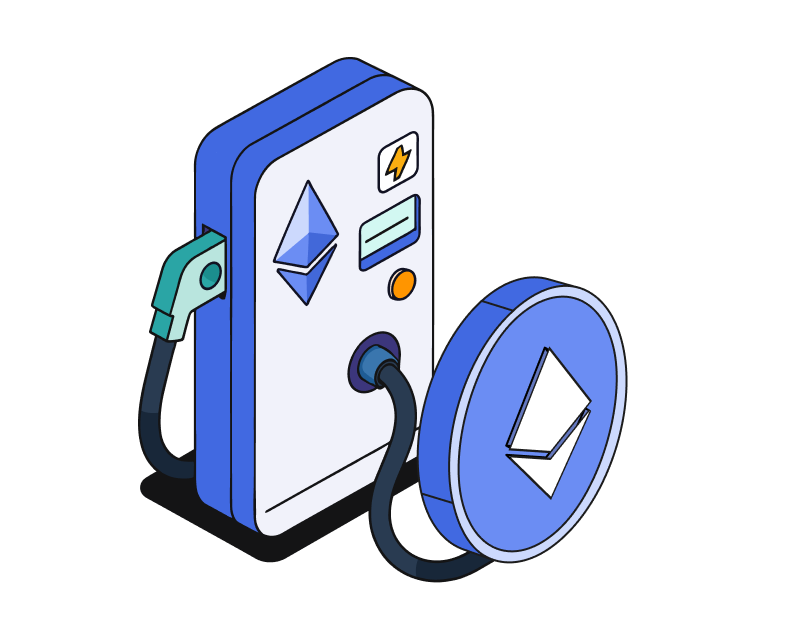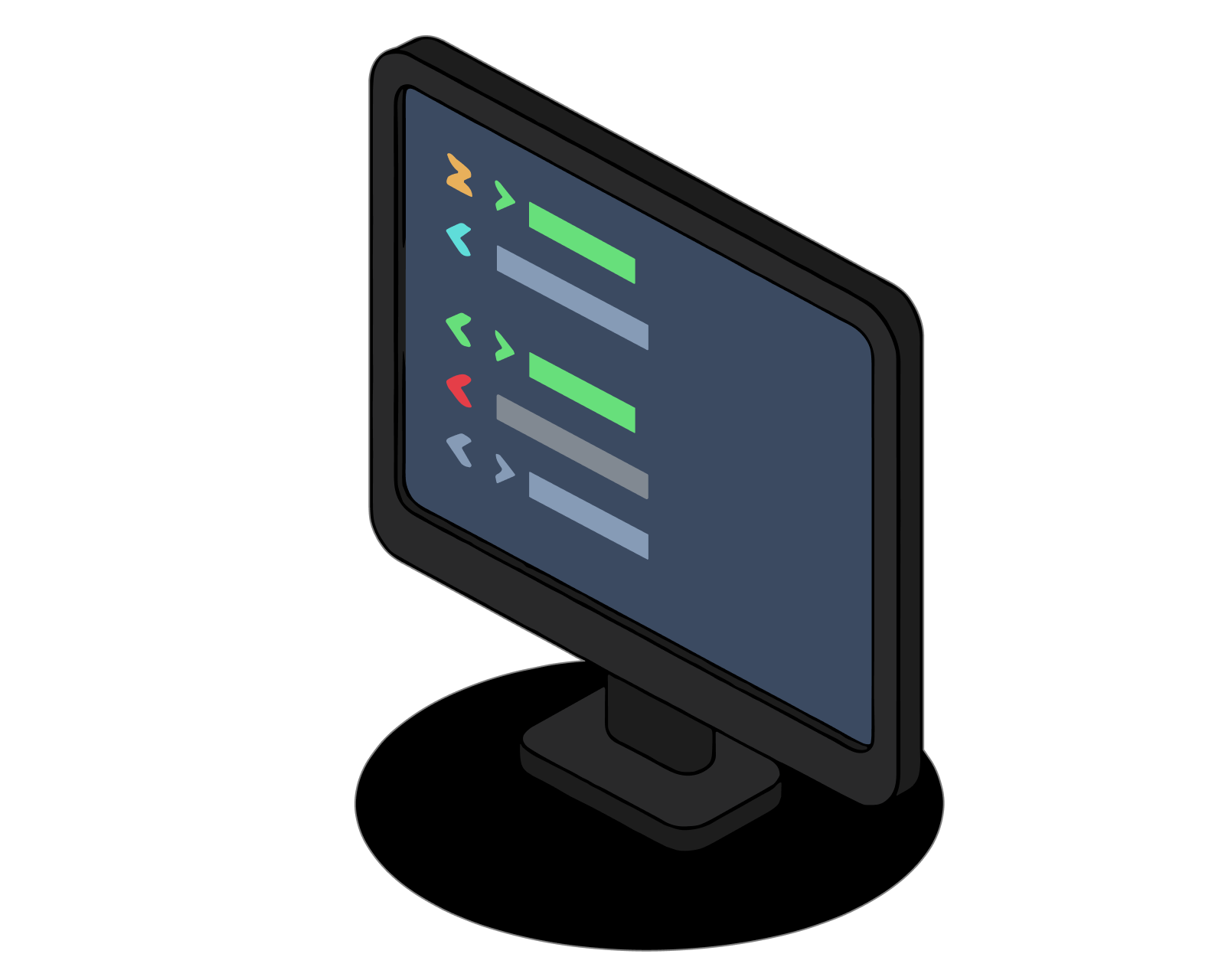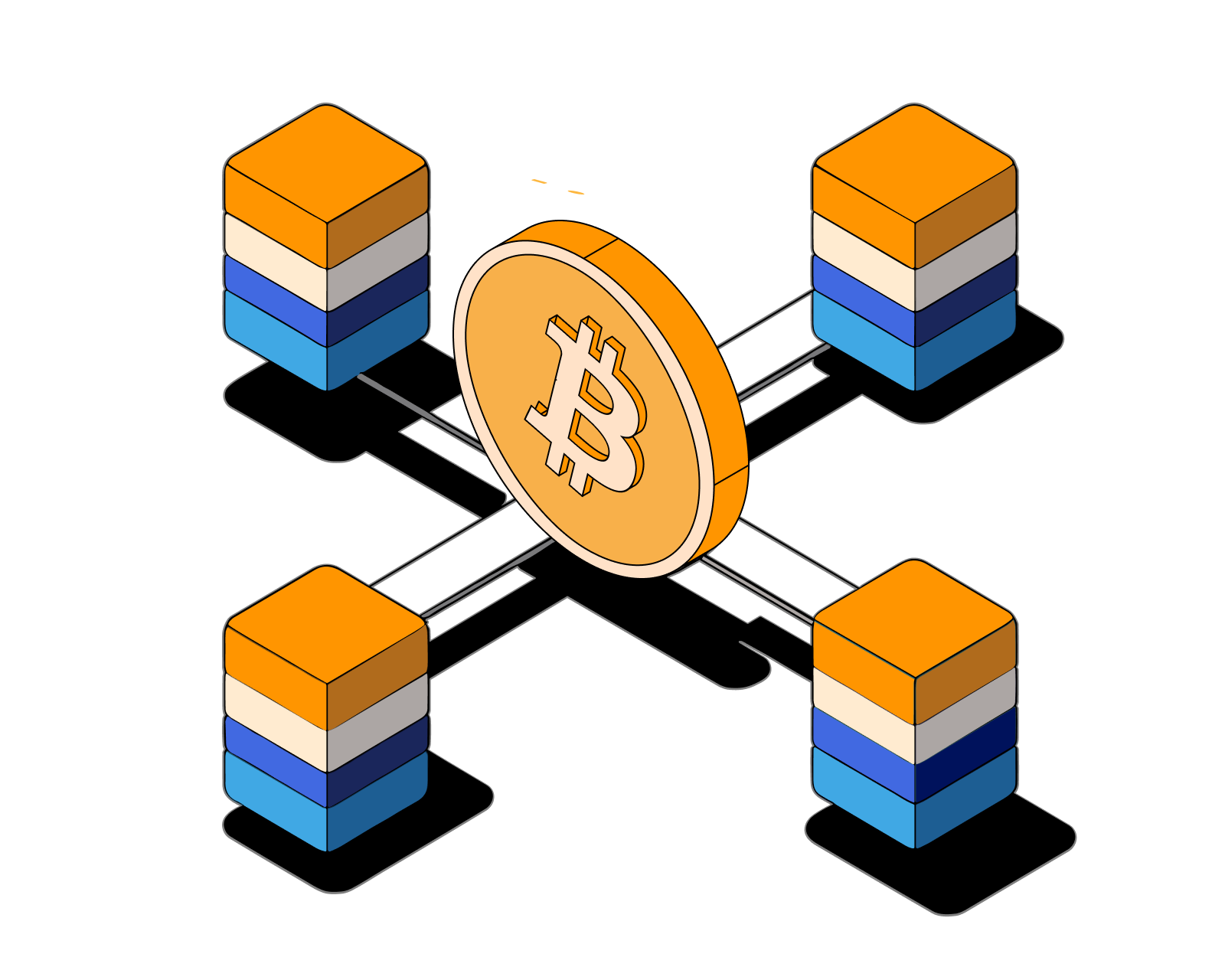What is Gas?

Table of Contents
- What is Gas in Ethereum?
- Is Gas Used in Other Blockchains?
- Why is Gas Necessary?
- How Does Gas Work?
- How Gas Works in Practice
- Gas and Smart Contracts
- Gas Price Fluctuations and Network Congestion
- EIP-1559 and the Base Fee
- Managing Gas Costs
- Gas and Smart Contract Optimization
- Gas and User Experience
- Learn More
What is Gas in Ethereum?
Gas is the fuel that powers the Ethereum network. It's a unit of measurement that quantifies the computational effort required to execute a transaction or smart contract on the blockchain. Think of it like this: just as your car needs gasoline to run, transactions on Ethereum need gas to be processed. The more complex the operation, the more gas it consumes.
Every operation on Ethereum, from simple token transfers to complex smart contract interactions, consumes a certain amount of gas, which is paid in ETH. This means that in order to make transactions on Ethereum, you need some ETH to cover the gas fees.
Is Gas Used in Other Blockchains?
Yes, gas is used on all Ethereum-virtual-machine (EVM) blockchains. For example, on Polygon, the gas token is POL. This means that to make transactions on Polygon, you need some POL in your wallet to cover the gas fees. In some blockchains, such as Solana, the term "gas" is not used. However, transactions on Solana still require Solana's native token SOL to cover the fees associated with making transactions.
Why is Gas Necessary?
Ethereum, unlike Bitcoin, is a platform for decentralized applications (DApps). These applications are powered by smart contracts, which are self-executing agreements written in code. Smart contracts allow for a wide range of functionalities, from simple token transfers to complex financial instruments and decentralized autonomous organizations (DAOs).
Executing these smart contracts requires computational resources, and gas is the mechanism used to pay for these resources. It ensures that the network remains secure and prevents malicious actors from spamming the network with computationally expensive transactions.
Learn more about network fees on Bitcoin.
Gas serves several crucial purposes in the Ethereum ecosystem:
-
Preventing Spam and Network Congestion: By requiring a fee for every transaction, gas prevents malicious actors from spamming the network with frivolous transactions, ensuring that only legitimate and valuable transactions are processed.
-
Incentivizing Miners/Validators: Gas fees are paid to miners (in the Proof of Work era) or validators (in the Proof of Stake era) who are responsible for processing transactions and securing the network. These fees incentivize them to prioritize transactions with higher gas prices, ensuring that the network operates efficiently.
-
Resource Allocation: Gas acts as a mechanism for allocating the limited computational resources of the Ethereum network. Transactions that consume more gas are more expensive, reflecting the higher demand they place on the network's resources.
How Does Gas Work?
Every operation on the Ethereum network, whether it's a simple ETH transfer or a complex smart contract interaction, consumes a certain amount of gas. This gas consumption is measured in units, with each unit representing a specific amount of computational effort.
The price of gas, known as the 'gas price,' is determined by market forces, similar to how the price of gasoline is determined by supply and demand. Users who want their transactions to be processed quickly can offer a higher gas price, incentivizing validators to prioritize their transactions.
Validators, who are responsible for processing transactions and adding new blocks to the blockchain, choose which transactions to include in a block based on the gas price offered. Transactions with higher gas prices are more likely to be included in the next block, resulting in faster confirmation times.
How Gas Works in Practice
When you initiate a transaction on Ethereum, you specify a gas limit and a gas price.
- Gas Limit: This is the maximum amount of gas you're willing to spend on the transaction. If the transaction consumes more gas than the limit, it will fail, and you'll lose the gas you've already paid.
- Gas Price: This is the price you're willing to pay per unit of gas. The higher the gas price, the more likely your transaction will be picked up and processed quickly by miners/validators.
The total fee for a transaction is calculated as follows:
Gas Used * Gas Price = Transaction Fee
For example, if a transaction uses 21,000 units of gas and the gas price is set at 20 gwei (gigawei, a unit of ETH), the transaction fee would be 420,000 gwei, or 0.00042 ETH.
Gas and Smart Contracts
Smart contracts, self-executing agreements written in code, are a fundamental part of the Ethereum ecosystem. They enable a wide range of applications, from decentralized finance (DeFi) to non-fungible tokens (NFTs).
Each operation within a smart contract consumes a certain amount of gas. The more complex the contract's logic and the more operations it performs, the more gas it will consume. This is why deploying and interacting with complex smart contracts can be expensive, especially during periods of high network congestion.
Gas Price Fluctuations and Network Congestion
The gas price on Ethereum can fluctuate significantly based on network congestion. During periods of high demand, when many users are trying to execute transactions or interact with dApps, the gas price can surge, making transactions more expensive.
This price volatility can be a challenge for users, as it can make it difficult to predict the cost of transactions. However, it also reflects the dynamic nature of the Ethereum network and its ability to adjust to changing demand.
EIP-1559 and the Base Fee
In August 2021, Ethereum implemented a major upgrade known as EIP-1559, which introduced a base fee mechanism to the gas fee system. The base fee is a per-block fee that all transactions must include, and it adjusts dynamically based on network congestion.
This base fee is burned (destroyed), reducing the overall supply of ETH and potentially making ETH a deflationary asset. Users still set a 'priority fee' or 'tip' to incentivize validators to prioritize their transactions, but the base fee provides a more predictable and transparent pricing mechanism.
Read more: What is EIP-1559?
Managing Gas Costs
Managing gas costs is essential for users of the Ethereum network. Here are some tips:
- Choose the Right Gas Price: Monitor gas price trackers like EthGasStation to determine an appropriate gas price for your transaction.
- Set a Reasonable Gas Limit: Avoid setting an excessively high gas limit, as you'll lose any unused gas if the transaction fails.
- Consider Transaction Timing: Transact during periods of low network congestion to save on gas fees.
- Explore Layer-2 Solutions: Layer-2 solutions, such as rollups and state channels, offer a way to handle transactions off the main Ethereum blockchain, significantly reducing gas costs.
Gas and Smart Contract Optimization
Developers who create smart contracts for Ethereum need to consider gas consumption when designing their applications. Optimizing smart contracts for gas efficiency can reduce transaction costs for users and make dApps more accessible.
Gas and User Experience
The gas fee system on Ethereum can impact the user experience, especially for newcomers. High gas prices can make transactions expensive, and the complexity of the system can be confusing.
However, the Ethereum community is actively working on solutions to improve the user experience, such as developing more user-friendly wallets and exploring alternative fee mechanisms.
Learn More
To further your understanding of gas and Ethereum fees, explore these resources:
- What is Ethereum?: A comprehensive guide to understanding the Ethereum blockchain.
- What is ETH Used For?: Explore the various use cases of Ether (ETH), the native cryptocurrency of Ethereum.
- What is EIP-1559?: Learn about the significant changes introduced by EIP-1559 to the Ethereum fee market.
- What are Transaction Fees?: Understand the role of transaction fees in blockchain networks.
- Bitcoin.com Wallet App: A secure and easy-to-use wallet for managing your Ether and other cryptocurrencies.
Related guides
Start from here →
What are transaction fees?
Learn about transaction fees, including why they exist and how they work.
Read this article →
What are transaction fees?
Learn about transaction fees, including why they exist and how they work.

What is DeFi?
Learn what makes decentralized finance (DeFi) apps work and how they compare to traditional financial products.
Read this article →
What is DeFi?
Learn what makes decentralized finance (DeFi) apps work and how they compare to traditional financial products.

What is a DEX?
A decentralized exchange (DEX) is a type of exchange that specializes in peer-to-peer transactions of cryptocurrencies and digital assets. Unlike centralized exchanges (CEXs), DEXs do not require a trusted third party, or intermediary, to facilitate the exchange of cryptoassets.
Read this article →
What is a DEX?
A decentralized exchange (DEX) is a type of exchange that specializes in peer-to-peer transactions of cryptocurrencies and digital assets. Unlike centralized exchanges (CEXs), DEXs do not require a trusted third party, or intermediary, to facilitate the exchange of cryptoassets.

How to use a DEX
Learn how to use decentralized exchanges (DEXs) to swap between cryptoassets permisionlessly.
Read this article →
How to use a DEX
Learn how to use decentralized exchanges (DEXs) to swap between cryptoassets permisionlessly.
STAY AHEAD IN CRYPTO
Stay ahead in crypto with our weekly newsletter delivering the insights that matter most
Weekly crypto news, curated for you
Actionable insights and educational tips
Updates on products fueling economic freedom
No spam. Unsubscribe anytime.



Start investing safely with the Bitcoin.com Wallet
Over wallets created so far
Everything you need to buy, sell, trade, and invest your Bitcoin and cryptocurrency securely

© 2025 Saint Bitts LLC Bitcoin.com. All rights reserved


